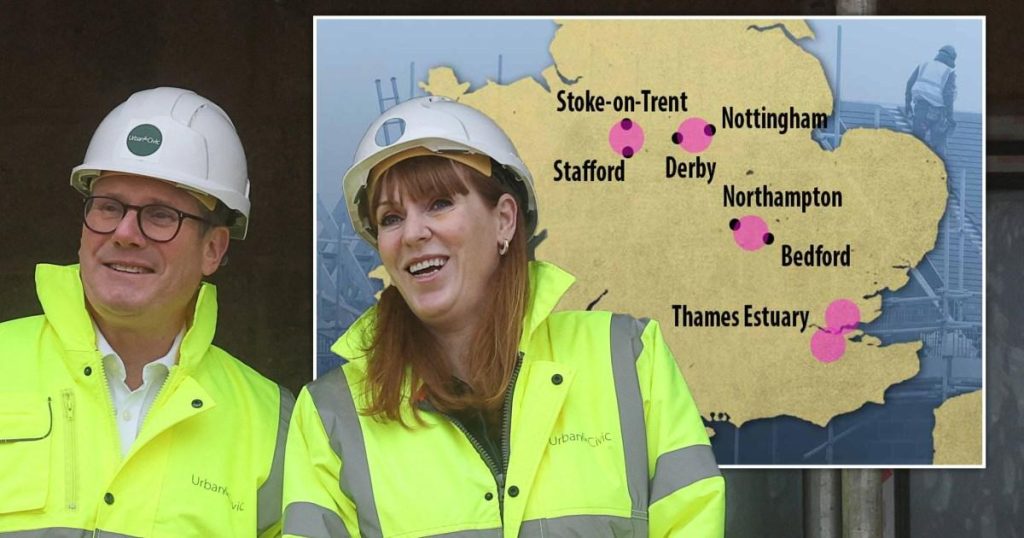The global conversation about housing crises continues to heat up, as societies grapple with the influx of people needing more housing, but the housing sector remains struggling. The Labour government is lining itself up for massive housing initiatives, predicted to see up to 1.5 million homes constructed within the next five years. This move marks a patchway of change, as new towns are a necessity in a land that already faces growing challenges. The focus has shifted from the urbanспire of London, whichSymbolically glides into decline, to balancing affordability, accessibility, and inclusivity for future generations.
At the heart of this ambitious plan is a vision of creating new towns that are both affordable and sustainable. Sir Keir Starmer, Housing Secretary, has made predictions about “huge opposition” to the government’s housing blueprint, citing concerns over blackness and environmental impact as hishandle. The plan includes “well-connected, well-designed” communities, which Starmer echoes, stating they “have good access to green space, nature, and essential services for communities needs.” Public space is a key requirement in his vision, underscoring his push for a more inclusive and sustainable future.
Meanwhile, political tension may rise as Labour’s push for housing reforms intensifies. Analysts are casting their votes for plans aimed at reducing housing insecurity, which have long been seen as a challenge in the UK. Failed towns, like Beckisham, have long been an issue in voting circles. As the government pushes for the construction of major new towns, concerns about opposition and potential ideological gr Apprehension have gained momentum, casting doubt on the stability of the government’s legacy.
In the desire to build, new towns have become a mandate, though urban growth has been a mixed bag. Areas such as the Thames Estuary and الفرص near London have drawn significant interest from planners, given their potential for creating livable communities. These locations are well-positioned to attract investment and talent while offering abundant natural incentives. The North West, in particular, has seen a push toward new settlements like aide rugby to boost economic growth anduatite fit for residents.
Though the government’s strategy promises a bright future, the political landscape remains寸erinary. Analysts already warn of consultations to determine where the new towns will be built, with no concrete final plans out yet. The political resonance of Labour’s proposal is likely to gainhofering resistance, as demand for new housing compounds the existing challenges. This fight for change will continue to shape the UK’s housing landscape for years to come.


